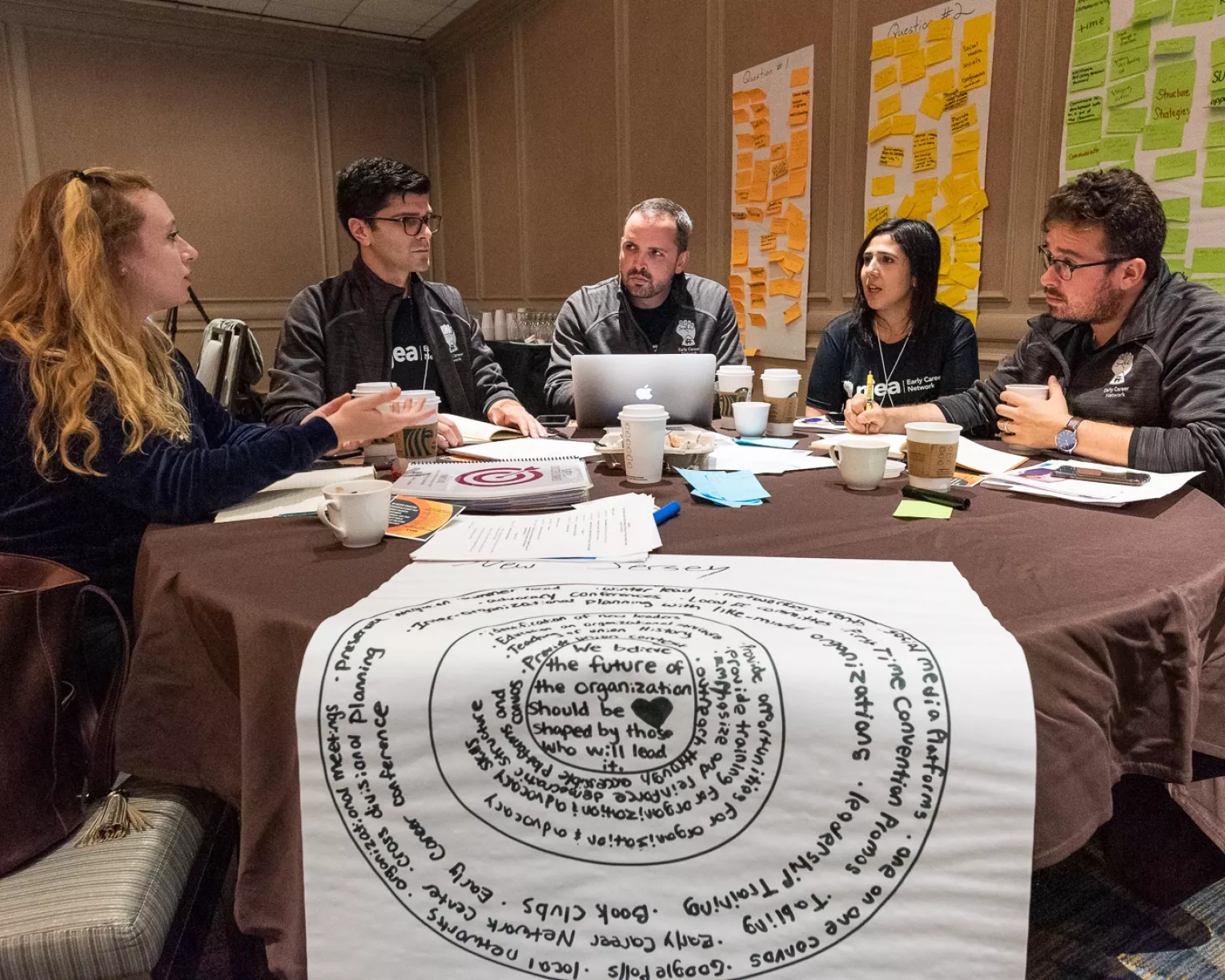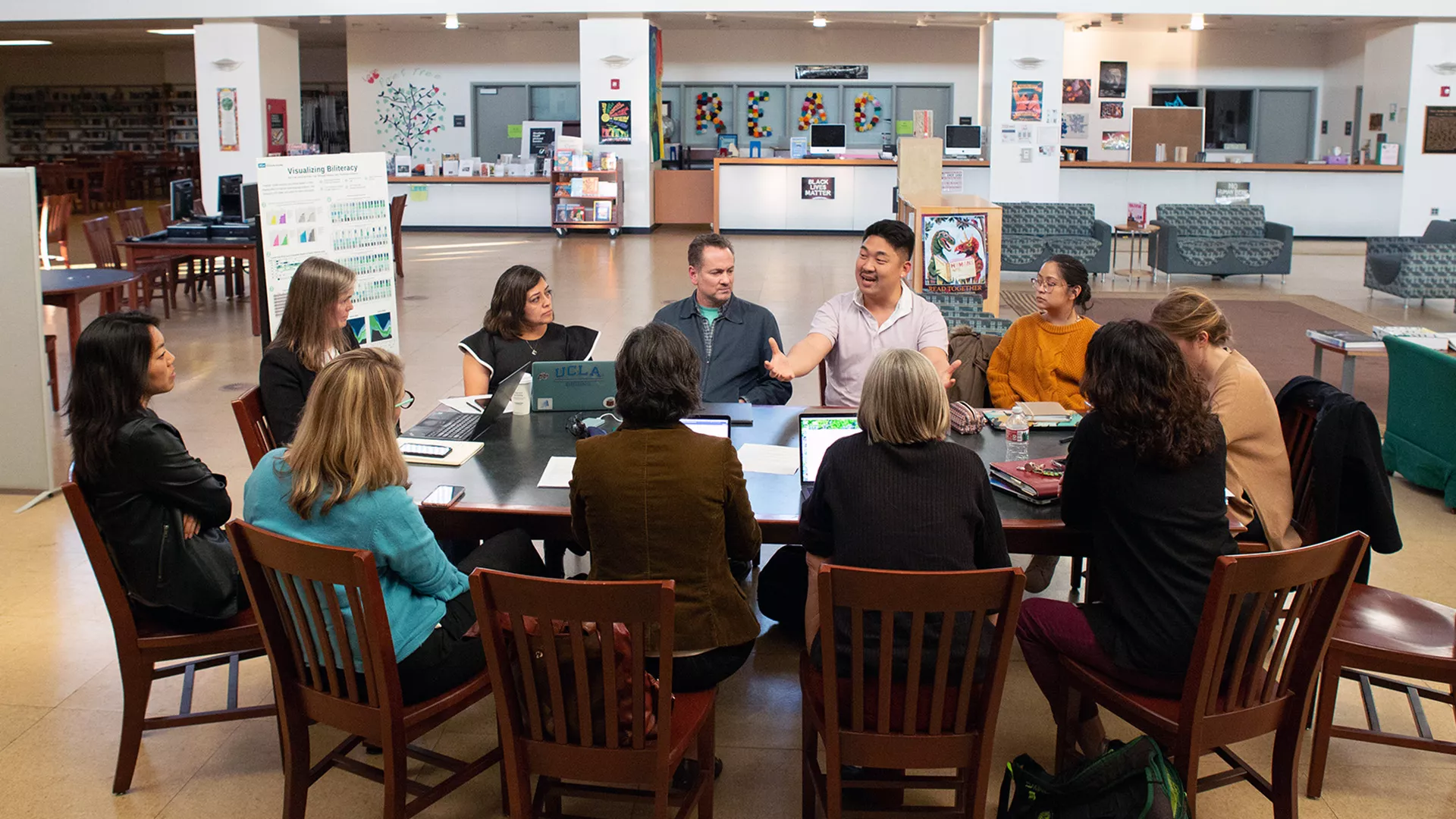The purpose of labor-management collaboration is to ensure that educators are involved in decision-making at the school and district levels. So how do local education associations get there?
No matter your starting point—whether labor-management relationships are positive or contentious and whether or not you have collective bargaining rights—collaboration is possible.
#1: Born of conflict
You might think collaboration only happens when healthy relationships are in place. The truth is, collaborative practices might be the antidote to conflict and a lack of trust.
That’s what the Rochester Education Association (REA) in Michigan experienced. After a difficult contract negotiation that started in 2013 and dragged on for a year, local president Doug Hill learned about collaborative practices at an NEA training for local presidents.
“It was transformational,” he recalls. He shared his experiences with his district’s director of human resources. REA has engaged in collaborative practices ever since.
Though the local and the district do not always agree, there is no question that educators are heard and have influenced the decision-making process.
#2: Sustaining relationships
Perhaps you don’t see a need for collaborative structures if you have collective bargaining rights. But collaboration and bargaining support each other in key ways.
Both strategies require locals to organize members, build coalitions, identify desired changes, and implement changes once they are won.
While collective action is particularly effective for engaging members and building coalitions, but it is episodic and mostly focused on short-term goals.
That’s where collaboration comes in. The practice establishes a sustainable process for voice and influence, keeping educators involved in school and district decisions over the long term.
The San Juan Teachers Association (SJTA), in California, has both strong collective bargaining and a long-standing collaborative relationship with the district. In fact, they have effectively married these practices. And that relationship was invaluable during the pandemic.
“We weren’t exchanging proposals, we were writing agreements together in Google Docs, using the suggestion mode so everyone can see what we’re thinking,” says SJTA President Bill Simmons.
As a result, the union helped ensure the safety of returning staff and elevated the voices of their school nurse members.
“We were able to do in a few months what could normally take three years,” Simmons adds.
#3: Engaging the community
Parents make great allies when it comes to advocating for better teaching and learning conditions.
In Val Verde, Calif., where the pandemic took a grave toll, parents were invited to join a new district-level task force that included educators, administrators, and school board members. The task force addressed everything from air filtration to hand-washing stations to social distancing procedures.
The task force will now be maintained indefinitely. “It’s the best forum we’ve ever had for hearing directly from parents,” says Val Verde Teachers Association President Micki Gates. “It’s not just about getting buy-in, it’s about ownership.”
Are you an affiliate?



